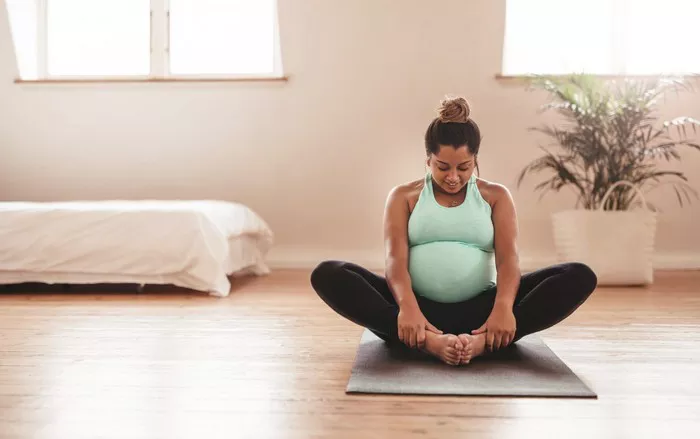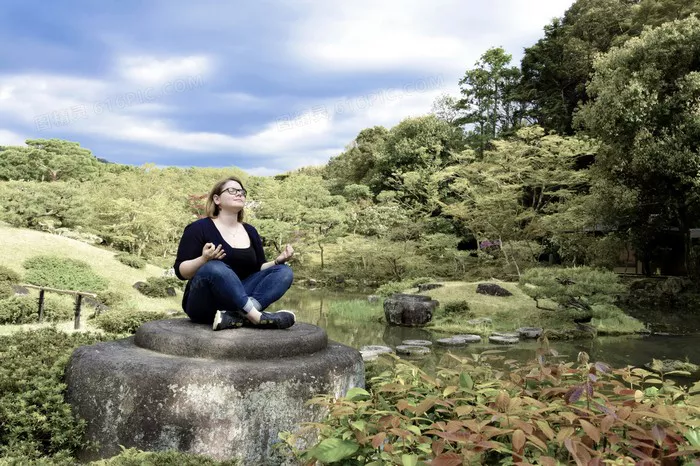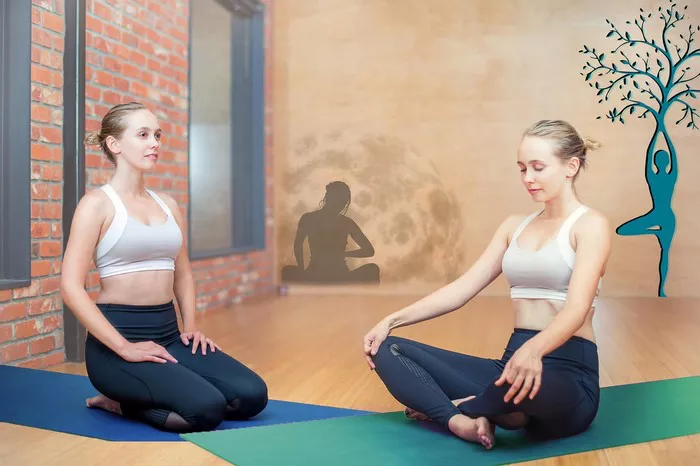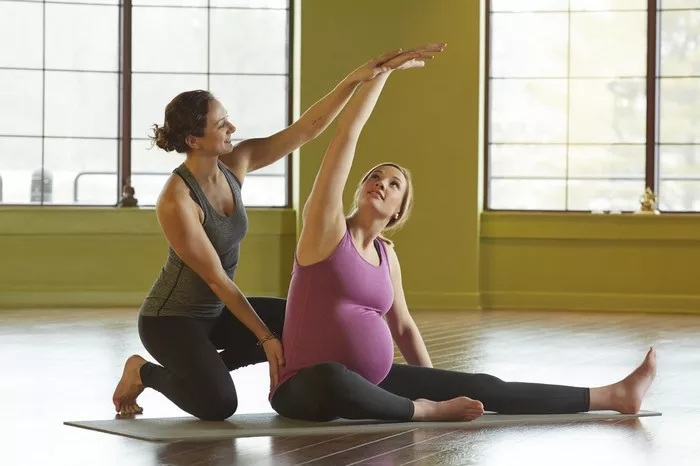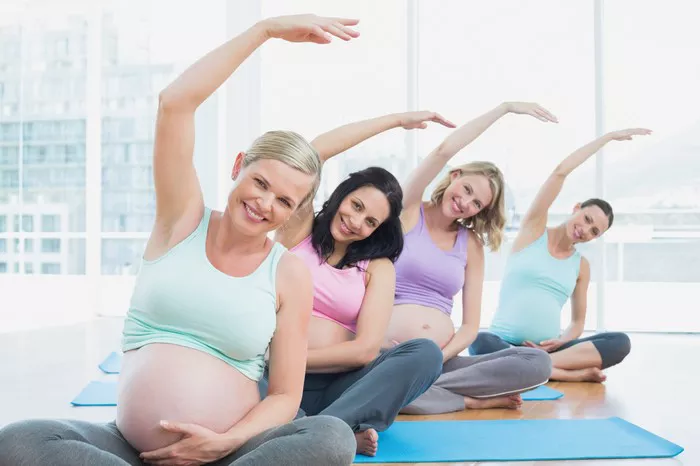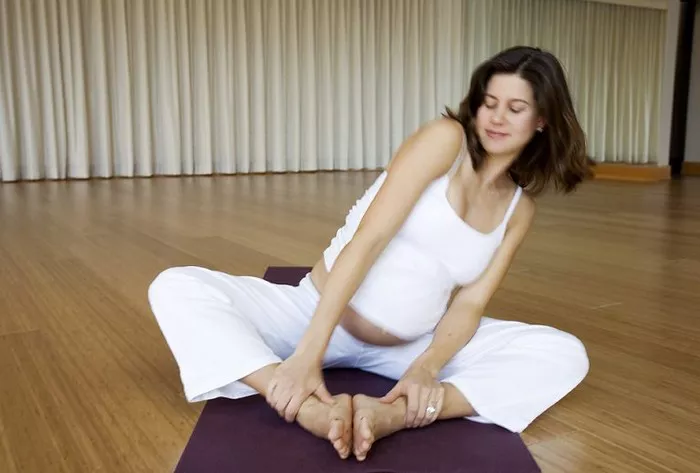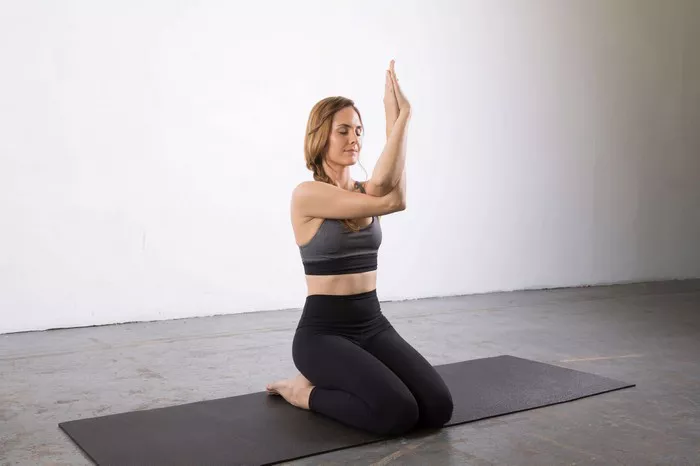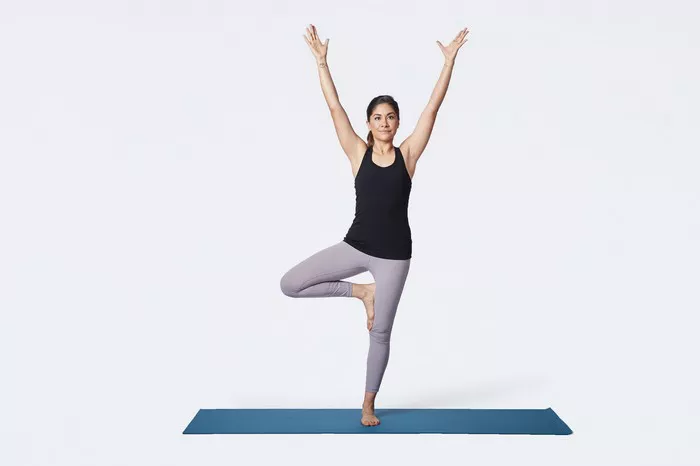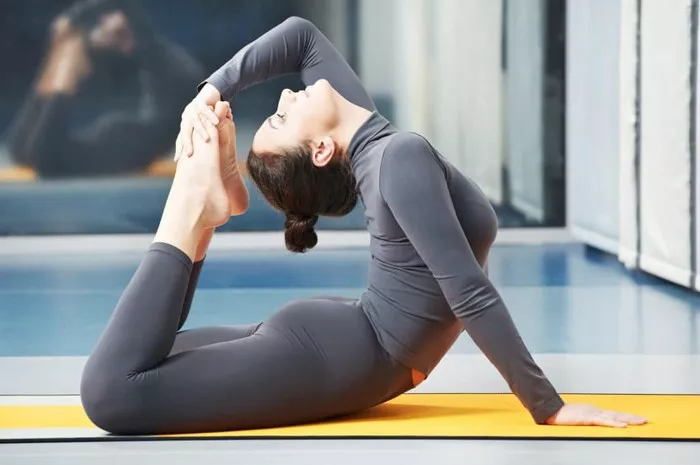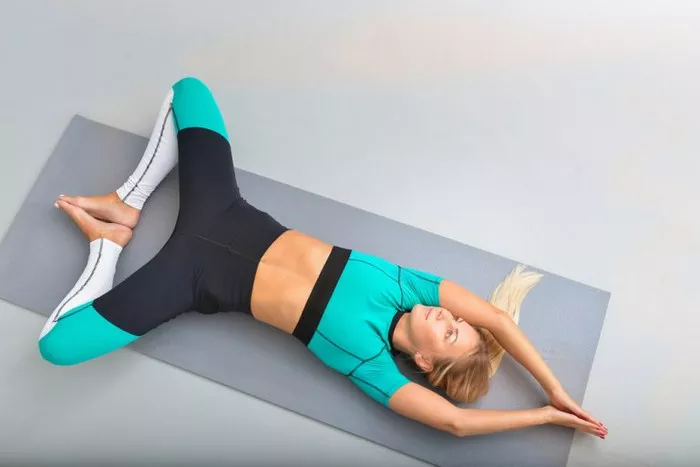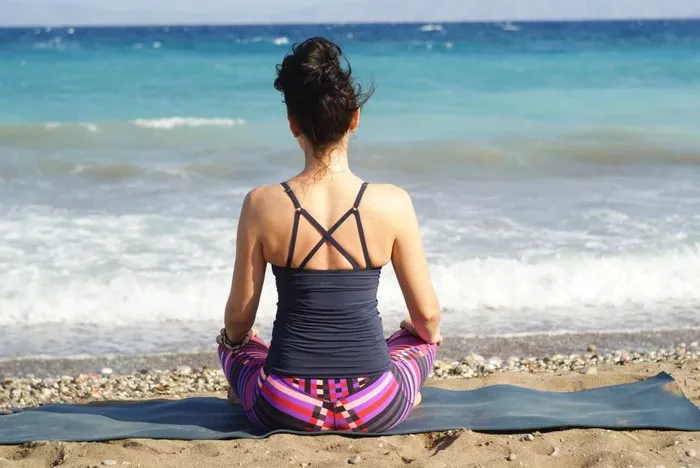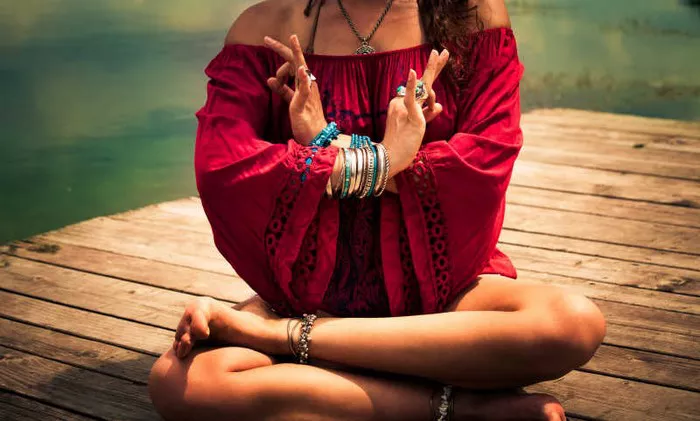Child’s Pose, known as Balasana in Sanskrit, is one of the most fundamental and restorative yoga postures. It is often practiced as a resting pose between sequences or as a means of relaxation at the beginning or end of a yoga session. Despite its simplicity, Child’s Pose offers numerous benefits for the body and mind. Whether you are a beginner or an advanced practitioner, incorporating Child’s Pose into your routine can help improve flexibility, relieve stress, and promote overall well-being. In this article, we will explore the physical, mental, and emotional benefits of Child’s Pose and how to practice it correctly.
How to Perform Child’s Pose (Balasana)
Before diving into the benefits of Child’s Pose, it is important to understand the correct way to perform it.
Starting Position: Begin in a kneeling position with your big toes touching and knees either together or hip-width apart.
Lowering Down: Sit back on your heels and slowly lower your torso forward, extending your arms in front of you with palms facing down. Alternatively, you can place your arms alongside your body with palms facing up for a more passive variation.
Relaxing into the Pose: Allow your forehead to rest on the mat and let your chest sink toward the floor.
Breathing: Take deep, slow breaths, allowing your body to relax deeper with each exhale.
Holding the Pose: Stay in this position for at least 30 seconds, or longer if desired.
Exiting the Pose: Gently lift your torso back up into a kneeling position.
Physical Benefits of Child’s Pose
1. Relieves Tension in the Lower Back
One of the most significant benefits of Child’s Pose is its ability to stretch and decompress the lower back. Many people suffer from lower back tightness due to prolonged sitting, poor posture, or strenuous physical activity. By gently elongating the spine and releasing pressure from the vertebrae, Child’s Pose provides relief from stiffness and discomfort in the lower back region.
2. Stretches the Hips, Knees, and Ankles
Child’s Pose stretches and opens the hips, which can become tight due to prolonged sitting or high-impact activities such as running and cycling. Additionally, the posture gently stretches the knees and ankles, improving flexibility and mobility in these joints over time.
3. Enhances Spinal Alignment
By elongating the spine and allowing the head to rest on the floor, Child’s Pose encourages proper spinal alignment. This helps counteract the effects of poor posture and can be beneficial for individuals who experience neck and shoulder tension.
4. Improves Circulation
When you fold into Child’s Pose, blood flow is directed toward the head and upper body, improving circulation and oxygen delivery to the brain. This can lead to increased alertness and relaxation.
5. Aids in Digestion
The gentle compression of the abdomen in Child’s Pose stimulates digestion by massaging the internal organs. This can help relieve bloating, gas, and mild digestive discomfort.
Mental and Emotional Benefits of Child’s Pose
1. Reduces Stress and Anxiety
Child’s Pose is known for its calming and grounding effects. By allowing the body to relax and the mind to focus on the breath, this pose activates the parasympathetic nervous system, which helps reduce stress and anxiety levels.
2. Encourages Mindfulness and Meditation
Since Child’s Pose is a resting posture, it provides an excellent opportunity to cultivate mindfulness. Practitioners can use this pose to focus on their breath, tune into their body’s sensations, and practice meditation.
3. Promotes Emotional Release
Balasana is a deeply introspective posture that encourages individuals to turn inward. It is often used in yoga therapy to release stored emotions and tension, making it beneficial for those dealing with emotional stress or trauma.
4. Supports Better Sleep
Practicing Child’s Pose before bedtime can help calm the nervous system and prepare the body for restful sleep. Its relaxing effects make it a great pose for those who struggle with insomnia or restlessness at night.
Child’s Pose Variations and Modifications
1. Wide-Knee Child’s Pose
For a deeper hip stretch, spread the knees wider apart while keeping the toes together. This variation is especially beneficial for those with tight hips or discomfort in the lower back.
2. Supported Child’s Pose
To make the pose more restorative, place a bolster or a folded blanket under your chest and head for added support. This variation is helpful for individuals with knee pain or discomfort in the lower back.
3. Side-Stretch Child’s Pose
For an additional stretch along the sides of the torso, walk your hands to one side while keeping the hips in place. This modification targets the oblique muscles and helps alleviate tightness in the sides.
4. Extended Arms vs. Resting Arms
Practitioners can choose between extending the arms forward or resting them alongside the body. The extended-arm variation provides a deeper stretch in the shoulders, while the resting-arm variation promotes a more relaxed and restorative experience.
Who Should Avoid or Modify Child’s Pose?
Although Child’s Pose is generally safe for most people, there are some situations where modifications may be necessary:
Knee Injuries: Individuals with knee pain or injuries should place a cushion or folded blanket under the knees or avoid the pose altogether if it causes discomfort.
Pregnancy: Pregnant individuals should practice a modified Child’s Pose with knees wide apart to accommodate the growing belly.
Severe Back Pain: Those with severe lower back issues should consult a yoga instructor or healthcare provider before practicing Child’s Pose.
High Blood Pressure or Vertigo: Since the pose lowers the head below the heart, individuals with high blood pressure or vertigo should exit the pose slowly to avoid dizziness.
How to Incorporate Child’s Pose into Your Practice
Child’s Pose can be practiced in various ways:
- As a warm-up or cool-down pose at the beginning or end of a yoga session.
- Between dynamic sequences to rest and reset the body.
- During meditation or breathing exercises to promote relaxation.
- Before bed as part of a nighttime relaxation routine.
Conclusion
Child’s Pose (Balasana) is a simple yet powerful yoga posture that offers a wide range of physical, mental, and emotional benefits. Whether you seek relief from tension, stress, or fatigue, this pose provides a safe and effective way to restore balance and tranquility. By incorporating Child’s Pose into your daily routine, you can improve flexibility, reduce stress, and cultivate a greater sense of well-being. As with any yoga posture, it is important to listen to your body and modify the pose as needed to ensure comfort and safety.
Related topics

